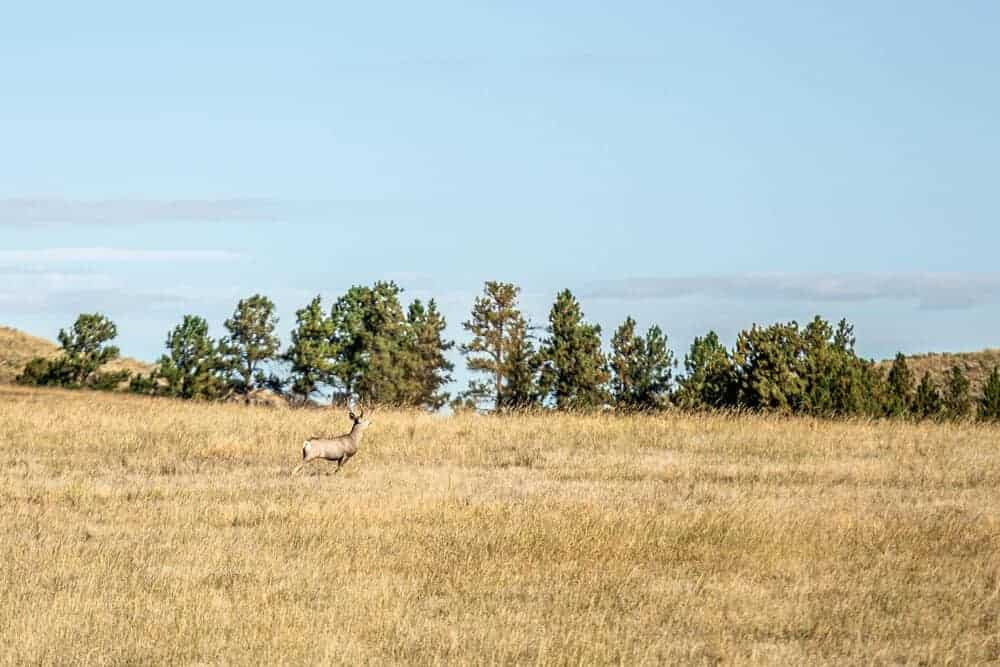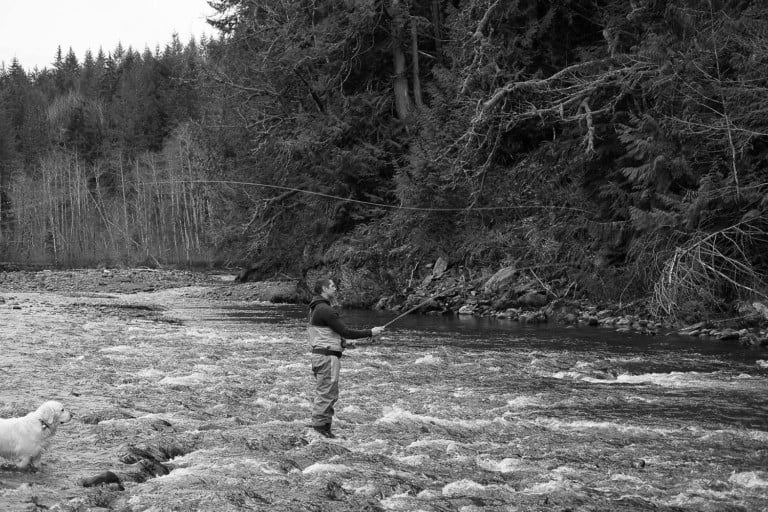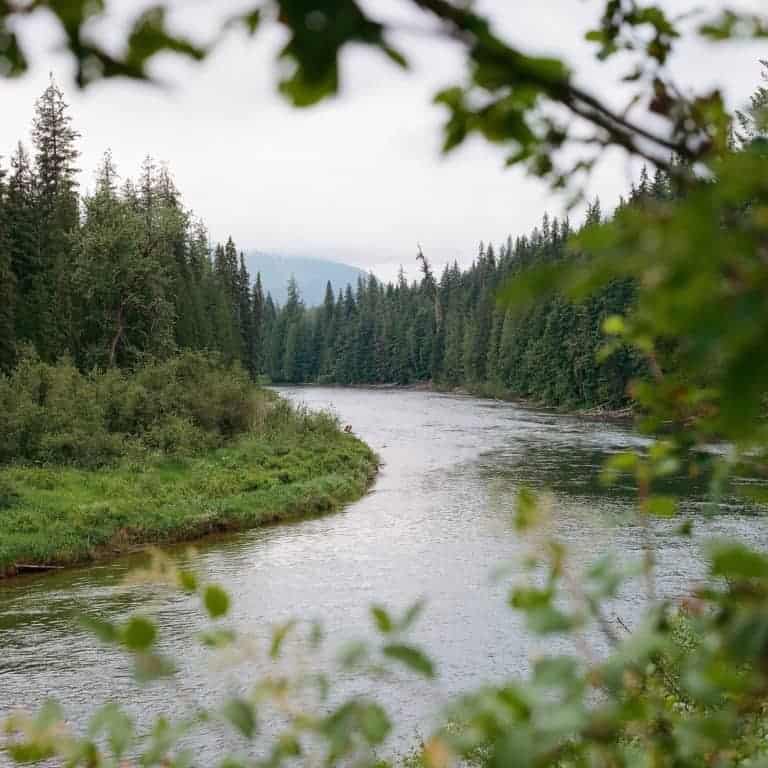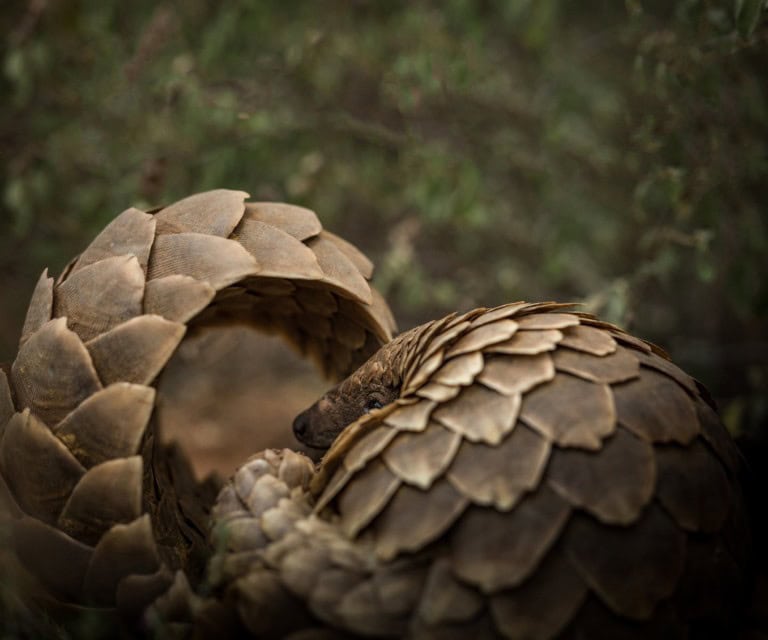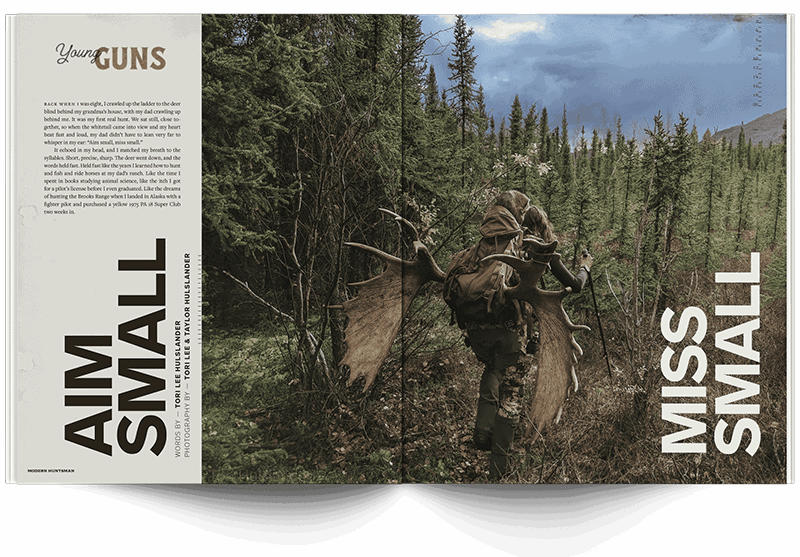At thirteen years old, I harvested my first big game animal with my grandpa, a forked-horn mule deer. Since then I have chased the grey ghost with varying levels of success every fall. To become a more conscious and consistent mule deer hunter, I vowed in 2020 to take a deep dive into their world; to study how to hunt and conserve them consistently and effectively. An important part of this journey for me has been interviewing biologists and mule deer managers across the west to discuss muley habitat, hunting regulations, and how mule deer populations are managed.
In conversations with six different biologists from five different western states, they debunked many of the long-running conventional theories I held regarding mule deer. These conversations explained why common-held mule deer myths do not always hold up as the best management decisions when applied amongst the sage and timber of the West.
DO ANTLER RESTRICTIONS MAKE BIGGER BUCKS?
Commonly deer hunters want more bucks, and more bucks of a larger caliber to be accessible when they are hunting. To accomplish this I’ve often heard that implementing antler point restrictions is considered an effective method.
It’s true; hunters can’t shoot 100% of the 2.5-year-old deer and expect to have 3.5-year-old deer the following fall. Contrary to conventional wisdom, however, data from Wyoming suggests trophy quality may diminish during periods of antler restrictions in different types of units.
Wyoming uses antler widths to classify adult deer, using the general correlation of wider antlers come from deer in an older age class. Type 1 is under 20 inches; type 2 is a deer with 20-24 inch width, and type 3 bucks are 24 inches and wider. “In areas where you have 3 points or better, your class 1 bucks go up
